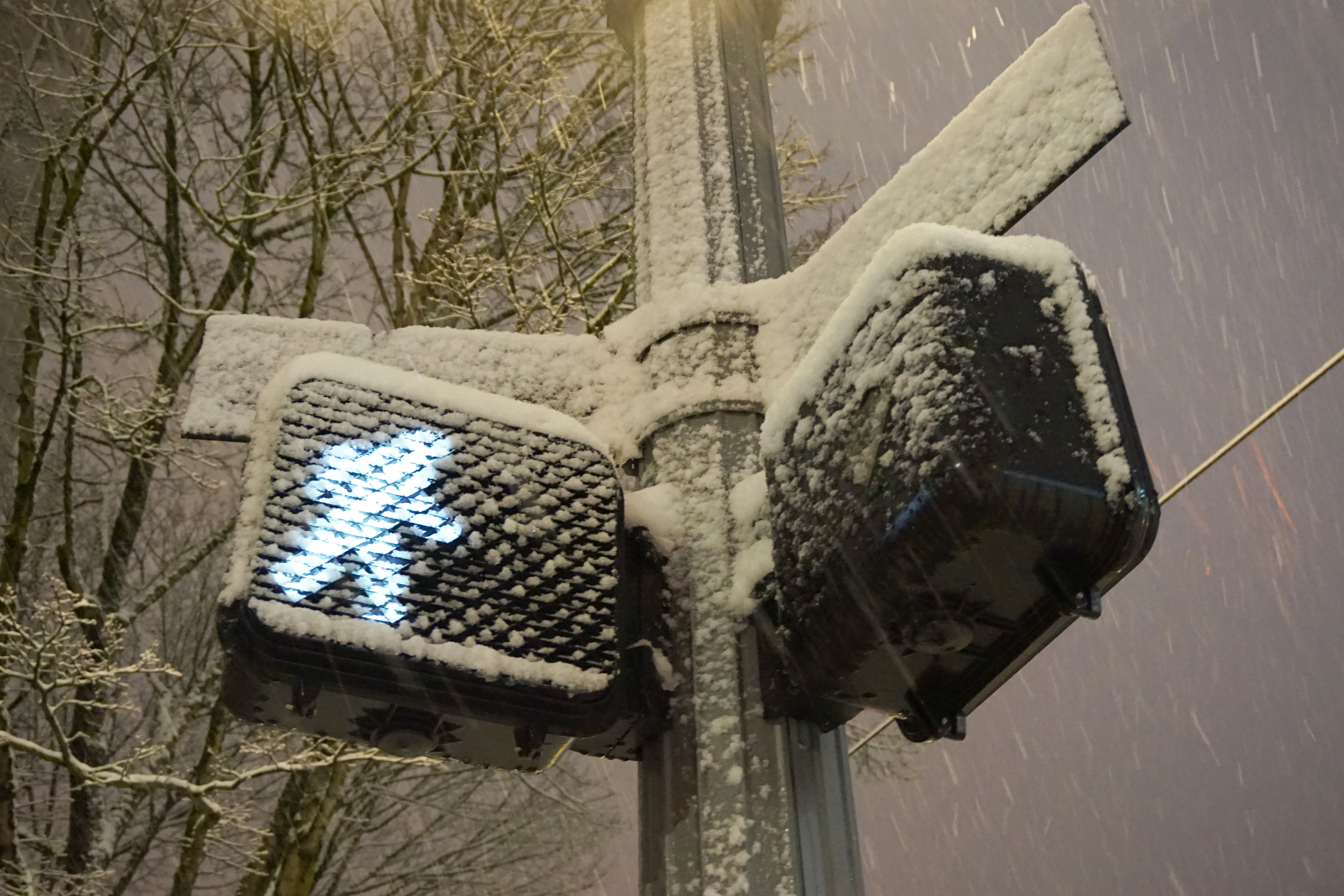We live in a convenient world. Whether you enjoy having food delivered to you, speaking face to face with friends thousands of miles away, or simply watching TV from the comfort and privacy of your own toilet, there’s an app for that.
With that being said, it makes sense to take away the struggle and toil from dating by using the ever-healing wand of technology. Currently 49,250,000 people in the United States have tried some form of online dating. With this big of a number it makes you wonder: Does online dating really work?
Online dating is hardly a new phenomenon. With the advent of newspapers in 1690, personal advertisements were not far behind. According to history professor H.G. Cocks, personal ads were used by British bachelors to find eligible wives dating as far back as 1695. These advertisements were also used by gay men to meet at a time when homosexuality was considered a crime punishable by death.
Women were also involved in the earliest form of online dating. In 1727, English woman Helen Morrison became the first female to place a want advertisement in the Manchester Weekly Journal. She said she was “seeking someone nice to spend her life with.” While no one answered her call, she was thrown into the insane asylum for four weeks by the town’s mayor, easily topping your worst Tinder experience.
Today there is more acceptance of online dating than ever before. According to Pew Research Center, 59 percent of people in America think that online dating is a good way to meet someone. This is up from 44 percent of people in 2005, showing an increasing acceptance of nontraditional dating.
Online dating is on the rise in both young and older demographics. In 2013 only 10 percent of people under the age of 25 were using online dating resources. Today that number has almost tripled to 27 percent.
Twelve percent of people between the ages of 55 and 64 now use online dating compared to the 6 percent who were online in 2013.
What’s causing this proliferation in online dating? Is it the seemingly unending access to specialized dating sites? People can scroll for casual dates on Tinder or Bumble, look for life-time connections on Match, or heckle innocent farmers on Farmersmeet.com.
There are Christian dating websites, Jewish ones, and even one for Satanists. Maybe it’s the fact that so much of our lives are lived online (I’m looking at you Facebook, Instagram, Snapchat, and Twitter) and because of that, finding and falling in love on the internet is the next logical step. Maybe it’s the fact that Facebook started as a hot or not college site that intrinsically makes us feel more comfortable swiping through pictures of strangers.
Whatever the reason, online dating is on the rise. It will be curious to see what percentage of people end up meeting their partners in real life in some twenty years, compared to the 88 percent of relationships right now.
Until then, dating advice will probably remain relatively the same: Be nice, be confident, and try to find a spot with good wifi.






